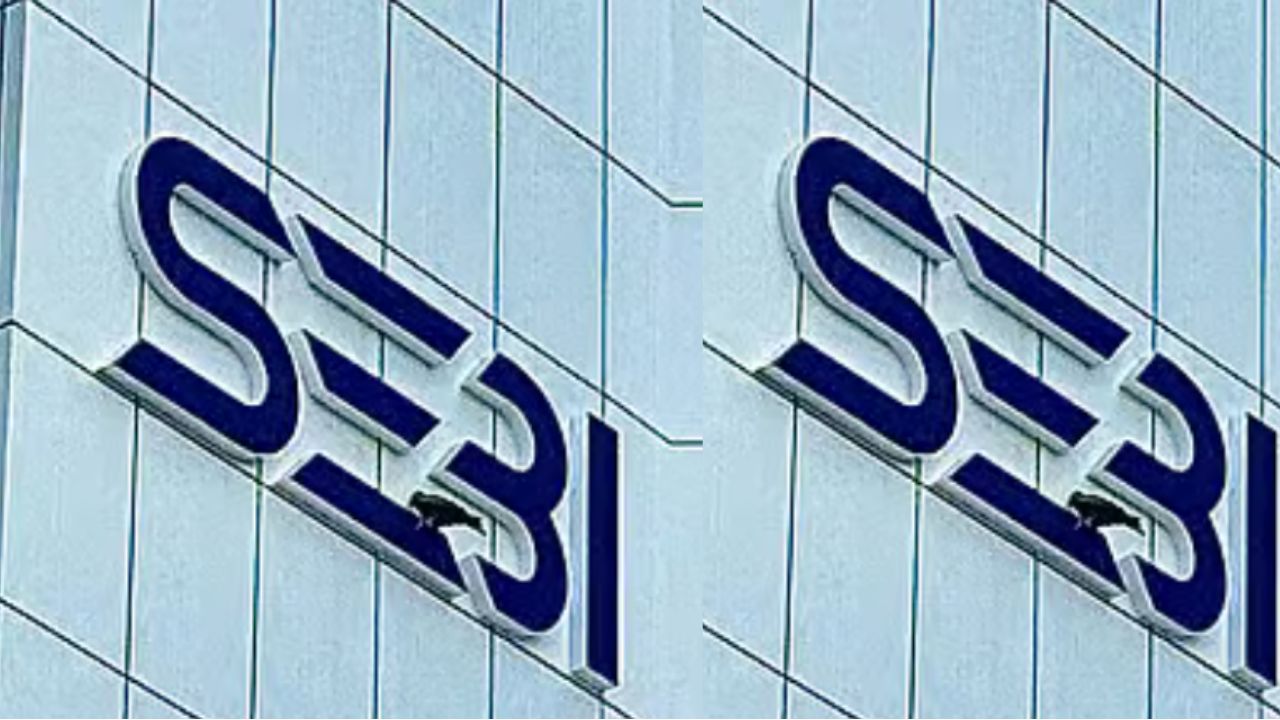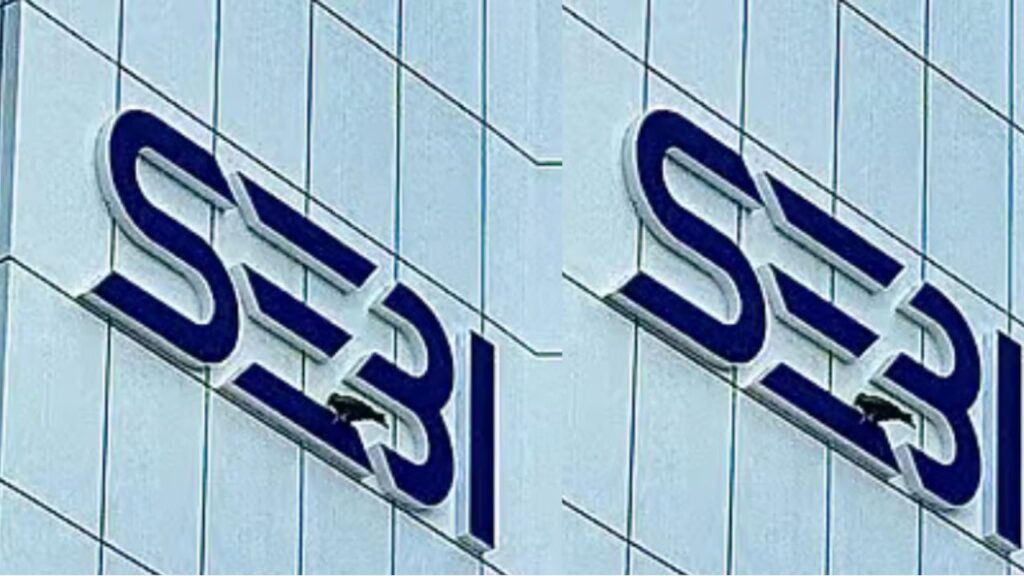
In a significant move aimed at strengthening investor protection and enhancing regulatory oversight, the Securities and Exchange Board of India (SEBI) has introduced a Joint Inspection Framework for stock brokers and depository participants (DPs). This initiative is designed to streamline compliance checks, reduce regulatory duplication, and create a more cohesive monitoring mechanism for market intermediaries.
Let’s break down what this means, why it matters, and how it will impact market stakeholders.
What Is the Joint Inspection Framework?
The Joint Inspection Framework is a collaborative regulatory model where stock exchanges and depositories will jointly inspect brokers and DPs. Under this mechanism, inspections will no longer be conducted in silos. Instead, SEBI has mandated that these inspections be coordinated to enhance efficiency, reduce compliance burden, and ensure consistency in findings.
The idea is to eliminate repetitive inspections by different entities and promote a unified approach to monitoring the conduct and operations of intermediaries.
Key Features of the Framework
- Joint Teams from SEs and Depositories
The inspection teams will consist of representatives from stock exchanges and depositories. They will conduct coordinated audits of brokers and DPs that are common members of both entities. - Risk-Based Inspection Approach
SEBI’s framework emphasizes a risk-based approach, meaning entities with higher risks will be prioritized for inspection. Risk parameters may include investor complaints, financial health, past non-compliances, or transaction irregularities. - Uniform Inspection Cycle
The framework introduces a common inspection cycle, so the same broker or DP isn’t subjected to overlapping inspections by multiple regulatory bodies within a short span. - Shared Reporting & Compliance
A consolidated inspection report will be generated post-audit, which both stock exchanges and depositories can access. Intermediaries will also have to respond to a single compliance report, streamlining the process further. - Improved Technology Use
SEBI also encourages the use of data analytics and surveillance tools in inspections to detect anomalies and assess patterns of non-compliance.
Why This Move Matters
1. Reduced Regulatory Burden
Brokers and DPs often operate under the regulatory purview of both stock exchanges and depositories. Under the old system, this meant multiple inspections for the same operations. The joint inspection framework reduces redundancies, saving time and operational costs.
2. Enhanced Market Integrity
Joint inspections will ensure consistent regulatory interpretations and faster identification of systemic issues. This unified approach can prevent gaps in compliance and catch potential malpractices early.
3. Greater Investor Confidence
With stronger oversight mechanisms, the risk of fraud or mismanagement by intermediaries decreases. This can bolster investor trust and encourage broader retail participation in the capital markets.
4. Accountability of Intermediaries
A consolidated inspection process means that brokers and DPs are held uniformly accountable for lapses, with no scope for regulatory arbitrage between different inspecting bodies.
Implementation and Oversight
SEBI has asked all Market Infrastructure Institutions (MIIs) — including NSE, BSE, NSDL, and CDSL — to put the joint framework into effect as per the laid-down structure. The regulator has also made it clear that timely inspections, follow-up actions, and prompt resolution of non-compliances will be monitored closely.

Industry Reaction
Initial reactions from the industry have been largely positive. While some intermediaries are cautious about the operational changes, many have welcomed the move as a long-needed reform to improve regulatory coherence.
Experts believe that this framework could become a template for other financial regulators in India looking to consolidate oversight of entities operating under multiple regulators.
SEBI’s Joint Inspection Framework marks a crucial evolution in India’s capital market regulation. As the financial ecosystem becomes more complex, coordinated oversight and smarter compliance strategies are essential. This initiative not only simplifies the inspection process for brokers and DPs but also aligns with SEBI’s broader vision of transparency, efficiency, and investor-centric regulation.
By bridging regulatory silos, SEBI is taking yet another firm step toward making India’s financial markets safer and more robust for all participants.



